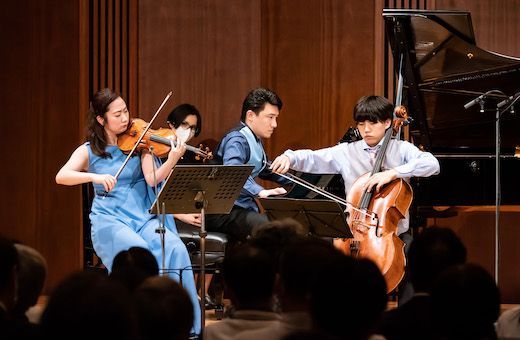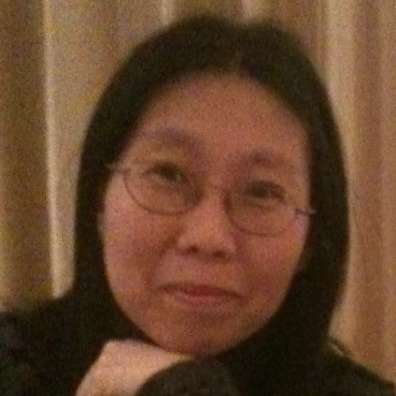What a difference a year makes in the life of a young ensemble. A year ago, the Japanese group Aoi Trio, recent ARD competition winners, embarked on a seven-year project at Suntory Hall’s Chamber Music Garden festival, in which they survey all of Beethoven’s piano trios in combination with other diverse repertoire. Although their performance last year was lively and energetic, I felt that the dynamic between the three players was a little uneven and unsettled. But now, back on the same CMG stage for their second instalment in the series, the Trio had upped their game and displayed a new level of confidence, bravura and dynamism.

Beethoven’s Piano Trio in G major may be the least familiar of his Op.1 set, but in the hands of the Aoi Trio, the work sparkled brilliantly and the three players (Kosuke Akimoto, Kyoko Ogawa, Yu Ito) brought out Beethoven’s youthful and ambitious energy in abundance. Beethoven didn’t publish his three trios as his Op.1 without reason. It was his bold statement as a young composer, and there is plenty of optimism and very little anguish or storminess here. Opening with a slow and majestic introduction, the first movement is lively and cheerful and features several virtuosic passages on the piano, which were performed with crispness and flair. In the sublime slow movement, which anticipates his late works, the three players displayed a fine textural balance and created some magical moments of melodic and harmonic beauty. After a playful Scherzo, the work concluded with the speedy Haydn-esque Rondo finale, played with plenty of sparkle, humour and agility.
After the sunny and optimistic Beethoven, there could be no starker contrast than Toshio Hosokawa’s Piano Trio, composed in 2013 and now established in the repertoire. It’s a dark, atmospheric work that appears almost from nowhere, gradually building up into a huge mass of sound. The violin and cello start with long-held notes that ebb and flow – the use of harmonic glissandi creating otherworldliness – to which the piano interjects dissonance. Hosokawa has described this work as being inspired by “shamans” – the violin and cello represent the voices of two shamans, female and male, and the piano is the cosmos and the nature. But even if you didn’t know that, you can certainly sense the elemental forces of nature that are depicted in the work, and the trio displayed gritty and committed playing, at times sacrificing beauty of sound to capture the sound world. Apparently the Aoi Trio has now commissioned a new trio from Hosokawa, to be premiered in 2027.
I’m sure César Franck’s Piano Trio in F sharp minor must have been a discovery for the majority of the audience – certainly it was for me. The 200th anniversary of Franck's birth hasn’t been much highlighted, but this compelling performance of an astonishingly flamboyant work was a worthy celebration. Composed in his late teens (similar to Beethoven, Franck published his Trios concertants as Op.1), the work already reveals his obsession with cyclic form and motivic ideas, as well as his organist training, yet it has an audacity and Romantic bravura that perhaps disappear somewhat from his later works.
“Trio concertant” meant that the three players were able to bring their individual virtuosity to the fore and there was some wonderful spontaneous dialogue between them, but always based on assured ensemble making – the ideal balance. The large stretches of cello and violin solos were sonorously played, while the virtuosic piano part was performed with panache and sensitivity. Together, they perfectly captured Franck’s youthful passion and dynamic ideas. I strongly hope the work will stay in their repertoire; meanwhile, I'm already looking forward to what they will explore in the next years.


